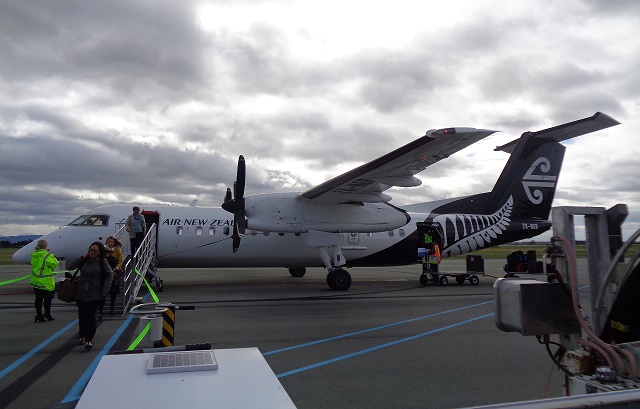The Government’s $1.2 billion rail investment in Budget 2020 will help KiwiRail attract more customers and get more freight on rail, KiwiRail Group Chief Executive Greg Miller says.
Building on the Government’s $1 billion investment in Budget 2019, this second round of funding includes $400 million towards replacing the aging Interislander ferries and $421 million to continue the replacement programme for some of KiwiRail’s oldest locomotives.
The funding also includes $246 million, plus a $148 million top up of the National Land Transport Fund, towards ensuring New Zealand’s rail network, which includes more than 3000km of track, more than 1000 bridges and nearly 100 tunnels, is reliable and resilient.
“I welcome this substantial funding, which is another major boost for rail in New Zealand. For our customers this investment sends a clear signal that rail has a big future and gives them the confidence to get on board,” Mr Miller says.
“Our customers want to make greater use of rail and we’re seeing more road operators reach out for our support as their networks contract. We’re here to help them.”
“The Government’s investment allows us to continue with our locomotive replacement programme and raise the standard of our rail lines, bridges and tunnels across the country. This will enable KiwiRail to offer better and more reliable train services for our customers, and move more of New Zealand’s growing freight task onto rail.
“This funding recognises that rail has a greater role to play in New Zealand’s transport sector, and that it can make a valuable contribution towards lowering our transport emissions, reducing road congestion and saving in road maintenance costs – which benefits our nation as a whole.

“The range of track renewal and facility upgrades we are planning will also support our workforce of almost 4000, as well as numerous civil contractors and material supply businesses across the country.”
“I’m very grateful to the Government for this level of support and I know that KiwiRail’s customers will be pleased by this demonstration of our shareholder’s commitment to rail.”
Mr Miller says the $400 million contribution to replacing Interislander’s three aging ferries and necessary landside infrastructure highlights how important the ferry connection is to New Zealand.
“Our Cook Strait ferries are an extension of State Highway 1, moving 800,000 passengers and up to $14 billion worth of road and rail freight between the North and South Islands each year.
“They are a must have for NZ Inc. The two new rail-enabled ferries will be more advanced, have significantly lower emissions and last for the next 30 years.
“This is a once-in-a generation investment and I am thankful for the Government’s support. It gives us the security to go out to international tender to build the ships, which we hope to see arriving on our shores in 2024 and 2025.”





